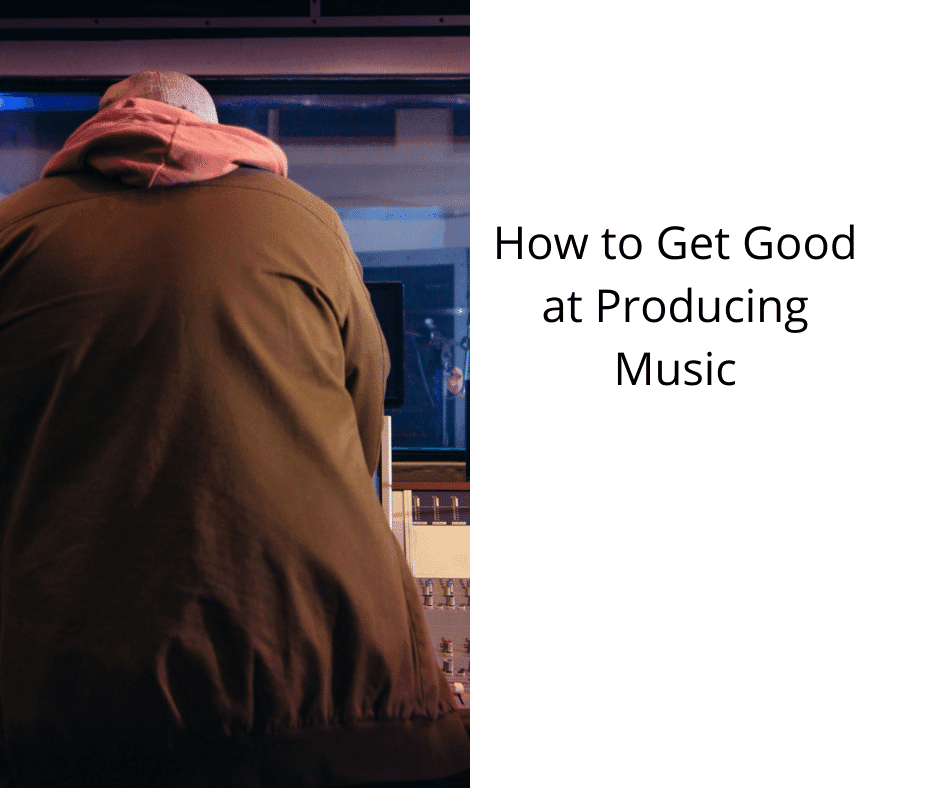Cinematography is a complex art form that requires the ability to create sound effects. Sound effects must blend in with other audio elements of the film without distraction. Since our ears are constantly doing detail work, it’s important that these effects can be both effective and non-distracting.
Sound effects are a fun way to create a more rich and immersive experience in your writing. It’s easy to make them yourself by finding everyday objects that make interesting noises or recording the right sounds. And even if you don’t have any props at hand, you can still use your imagination for making new sounds! Creating realistic sound effects can help bring your story to life, adding depth and dimension to the world you’re creating. Whether it’s the sound of a creaking door, the roar of a mythical beast, or the rustling of leaves in the wind, sound effects can enhance the emotional impact of your writing. By paying attention to the details and layering different sounds together, you can create a truly immersive experience for your readers.
Sound Effects Are an Art Form
Adding sound effects to your film is a great way to add realism and emotion to a scene. Sound effects are also a great way to set scenes without dialogue. Creating sound effects is a real art form and can be challenging. It’s difficult to convince an audience to believe that something is real when it’s not.
Sound artists often use field recordings and tones to create their pieces. Many sound artists have created large sound tapestries with various sound effects. Some even incorporate musical instruments into their pieces. While some sound artists may have commercial success, the main purpose of their work is to create a unique environment through sound.
Sound effects have evolved since silent films. It is no longer enough to rely on the actors to make the sounds. Foley artists can use everyday objects to create realistic sound effects for film and television. They can use everyday sounds such as doors opening and footsteps to give a film a believable effect.
Dynamic sound effects were created in the early days of filmmaking using props, which were usually made by sound-effects specialists. To simulate thunder, one could shake a large sheet metal. Half coconut shells were used for galloping horses. Footsteps on the snow were recreated with cornstarch bags. Specially designed boxes were made to reproduce the sounds from doors and telephones. Sound engineers kept a large supply of shoes and other items to create realistic sounds.
It Is a Tool for Filmmaking
Adding sound effects to a film can help increase the realism and emotional impact of the film. They also allow the director to set a scene without dialogue. It is difficult to convince an audience that art is real, and it is one of the greatest challenges in creating art. Sound effects are one of the most effective tools for achieving that goal.
Cinematographers often add sound effects to movies. Many film schools teach the audience how to use the auditory transition to step the audience into the next scene. This transition can be achieved using J and L cuts, sound effects, and music.
Sound effects are created in a recording studio by a sound artist. The sound artist records different footsteps which are then used to create the movie. These sounds are used to create realistic ambient sounds. This helps the audience to feel that they are watching the real thing, rather than an artifact of the movie.
Filmmakers can also use sound effects to add more depth and character to a scene. These effects can be either non-diegetic or diegetic. Although licensing popular music can be costly and time-consuming due to the high cost of licensing, some editing programs offer a library of stock music for a fraction of the price. You can layer these sound effects over the top of the music.
Cinematography is not complete without sound effects. They increase the realism of a film, and evoke the audience’s emotional responses. They also improve the production value of a film.
It’s Great Fun
There are many uses for sound effects. They can be used in computer games, public address announcements, podcasts, and more. Even a simple sheet of metal wobbled can create the sound of thunder. You can also use sound effects for other purposes as a creative person.
It’s Very Useful
There are many ways to create sound effects in your video game. You can use virtual instruments to create sounds or everyday elements in your home to make unique effects. You can even use software to mix different sounds together to create a special sound effect.
Sound effects are a great way to add pizazz to your content. Sound effects can also increase interest in your podcasts. You can buy sound effects CDs, find them online, or make your own. This is similar to the planning stage. Once you have decided on the purpose of your sound effects, you can start creating your own.
Setting up a computer is the first step to creating sound effects. A computer that has a microphone is required. You will need to set it up, test it, and ensure it works. Most laptops have a built-in microphone, but you can buy a cheap microphone from Amazon if yours doesn’t.
If you have a computer, you can create many different sounds with it. Some of the sounds you can create are related to outer space, food, and other items. For example, a door closing may sound small, but a sound effect can amplify this sound. You can also create different sounds using samples and other music software.
You Can Make Sound Effects Using Everyday Objects
You can make sound effects using everyday objects.
Here’s a list of some examples:
- A pencil on a desk
- A book on a table (or on any other surface)
- Water hitting the side of an empty plastic container
- A piece of paper being crumpled up and thrown into the trash can (or any other trash receptacle)
- The sound of your own voice when you speak or sing
You Can Also Use Mechanical Sound Effects to Make Your Own Sound Effects
You can also use mechanical sound effects to make your own sound effects. For example, try making the sound of a door slamming, a car horn honking or a phone ringing. You could also create the sounds of other mechanical objects by using things found around your house and experimenting with them until you find something that works well in your scene.
For example, if you want a gunshot, try taking an egg carton and putting rocks in it so they will rattle when shaken. If there is no egg carton around (or you don’t want to waste one), then wrap aluminum foil around some plastic bottles filled with pebbles or beans and shake them together until they make noise!
Making a Sound Effect out Of Damage Can Change how People Think About a Character or Situation
In games, sound effects can change the way people think about a character or situation. For example, if you make a sound effect when your character takes damage, it will change how they react to taking damage. The same can be said for other objects that aren’t supposed to be interacted with.
For instance, say there is a character in your game who gets angry when you try to push them into a pool of lava—and then they die! This would not be an appropriate reaction for most players, who might think that this behavior was annoying and unhelpful (especially if it happened several times). If you add an appropriate sound effect when the player pushes this type of NPC into lava—like screaming—then players will understand why their actions had consequences: because someone died! And maybe now they’ll consider knocking on doors before entering houses again…
A Sound Effect Can Emphasize the Importance of An Object or Object Interaction
A sound effect can be used in a prop to emphasize the importance of the object or object interaction. For example, if you are creating a magic wand, you could add an explosion when someone waves their hand over it.
You can also use sound effects in conversations between characters. For example, if one character has just been slapped, he could make a “ooof” sound after the slap occurs so that other players know what happened to him and feel empathy for him.
Making Your Own Sound Effects Can Enhance the Impact of Your Props and Conversations
Creating sound effects can bring your props to life, allowing you to add more impact to the mood of your scene. If you’re using a prop that makes noise, such as a vacuum cleaner or an alarm clock, then recording yourself making that sound will make it more realistic when you use your prop in the future.
For instance, if you have an object which looks like it should be making a sound but doesn’t actually make any noise (e.g., an old record player), then creating a soundtrack for that object would enhance its impact when used on stage!
You can also use sound effects to emphasize an object or object interaction. For example: Let’s say you’re acting out a scene in which someone is playing with their dog outside and their neighbors are having brunch on their patio next door. You could create some background noises from inside the house with pots and pans clanging together until they hear what’s going on outside—this would make them seem closer than they actually are!
You can also use sound effects to emphasize character emotions or personalities by adding music or other effects into dialogue scenes; this technique helps keep up momentum throughout longer monologues where there might otherwise be long periods between lines spoken by different actors (elements such as these are particularly good at keeping people engaged during performances).
Conclusion
Making your own sound effects is a great way to add more depth to your props. It can also make the world feel more real and dynamic, by making it seem like there are things happening all around us even when we’re not paying attention. This technique is especially useful for games where players aren’t in control of how their characters react—like RPGs or simulation games—where the sounds of objects interacting with each other can help them feel more connected to their character.










